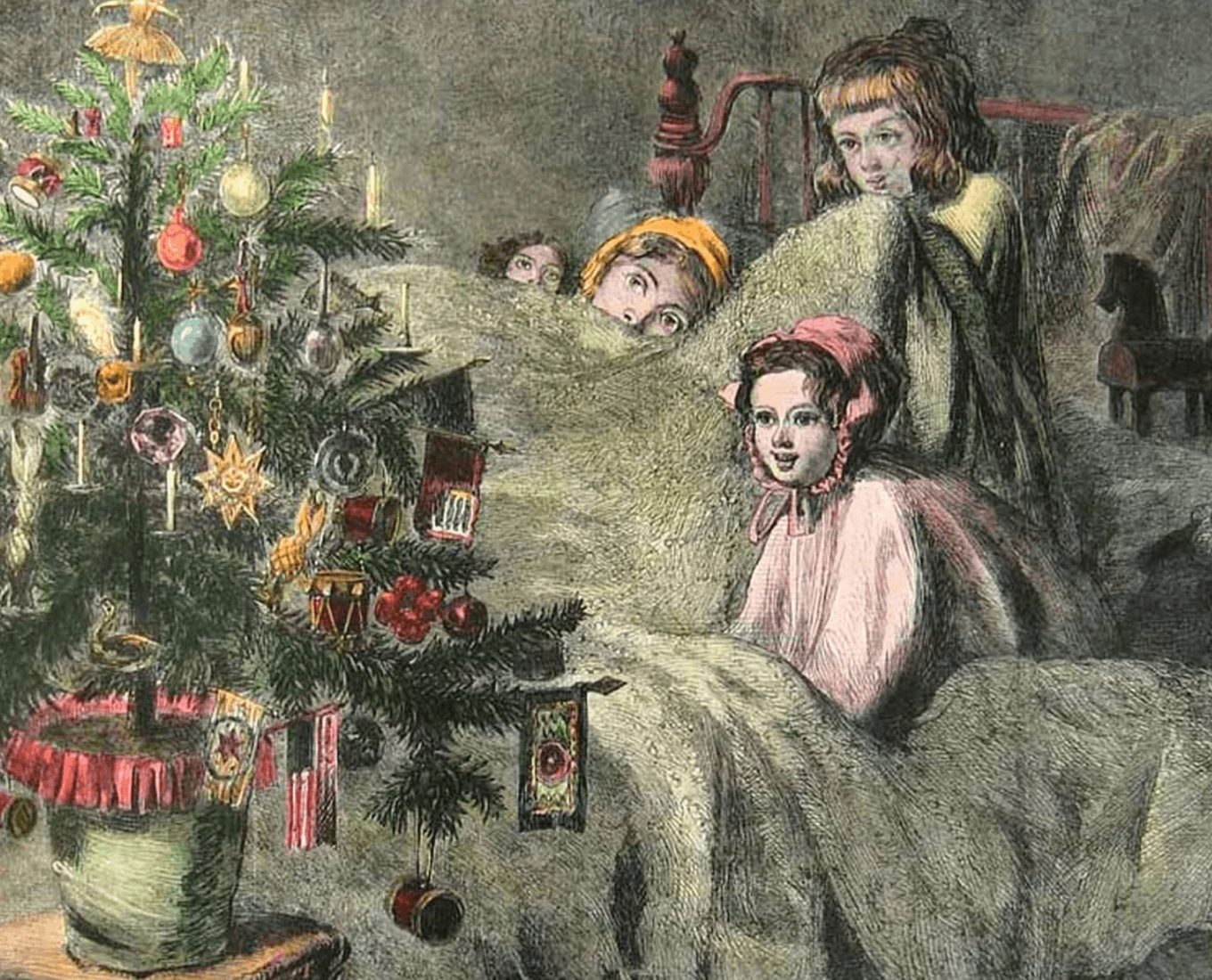anthropology and distinguished professor emerita of ethics and society, spent her career exploring the politics of art and literature in Southeast Asia, particularly Indonesia. Then, several years ago, she focused her lens a little closer — well, much closer — to campus, working with Burmese refugees in her home of Worcester, Massachusetts.
What started as volunteer mentoring and tutoring with a local non-profit, Worcester Refugee Assistance Project (WRAP), has grown into something much more for Rodgers, for anthropological scholarship and for her community.
In 2018, Rodgers applied for — and received — a Scholarship in Action grant, part of an $800,000 grant to the College from the Andrew W. Mellon Foundation to support Worcester-based faculty/student research. The grant supports her work with Holy Cross students over three years on an anthropological ethnography about how refugees from Burma (Myanmar), Bhutan and several African nations are making new lives for themselves in Worcester. Rodgers' primary focus is on the Karen and Karenni refugees from Burma.
As part of the multi-year project, Rodgers has worked with both WRAP and Refugee Artisans of Worcester (RAW). In collaboration with the founders of RAW, Rodgers recently curated an exhibit at the Worcester Center for Crafts entitled "Crafting a New Home: Refugee Artisans of Worcester," which is on display through the end of February. We caught up with Rodgers to talk about how Holy Cross students are researching refugee life in Worcester and how RAW is using craft-making to empower refugees to heal from the lives they have fled.
How has craft-making and the collaboration with RAW impacted the refugee community here in Worcester?
Refugees, by United Nations definition, are fleeing extreme violence. They're fleeing the great possibility of being killed, so they have, really, a lot of trauma in their backgrounds, which they don't at first talk about when they get to a relatively safe space like Worcester. Sometimes they don't even talk to their families about the violence that led them to flee to U.N. refugee camps.
But after I get to know the artisans and they open up, we've found many, many times that they tell us that — first when they were in the refugee camp, which provided a degree of safety, and then even more so when they moved into homes in Worcester — they find that the physical experience of making a craft, the actual physical movements of winding rattan into coils to make a basket or the hours it takes to weave a hand-loomed textile, gives them kind of a safe space and a way to get away temporarily from the memories of violence. Crafts can become arts of recovery.
Tell us about the exhibition. What types of crafts and stories are featured?
The exhibition is designed to invite people in to learn more about refugee communities in Worcester at the same time they're enjoying the crafts, which really are quite extraordinary in terms of exuberance and high level of skill. We display weavings, baskets, other bamboo and rattan arts, stonework, and embroidery — plus two bamboo birdhouses and a bamboo bicycle.
We want to show our museum visitors how many contributions the refugee artisans are making to the city. We know from interacting with refugees in town that they're such vibrant, creative contributors to the public good — and an exhibit about their crafts is a great way to show that.
You've always worked to incorporate students into your research. How will students be working with this exhibit?
Tildah Fredua and Jennifer Feraud, who are currently juniors, are the docents for the show. Last spring, they were my research students in Anthropology 495, which is directed research under the Scholarship in Action grant, and together, we interviewed refugee artisans from Africa. We visited their homes many times to listen to their stories and their commentaries on their crafts.
Student work will also be showcased in the exhibit itself. We're drawing on research done with the Holy Cross students in wall texts. For instance, one of our wall texts is about historical connections between the Worcester Female Employment Society (WFES), active in the city in the 1850s and early 1860s, and both RAW and, indirectly, the Worcester Center for Crafts.
My 2019 Weiss Summer Research fellow Madeleine Fontenay '21 benefited from really interesting experiences of going to all these different archives around town — the Antiquarian Society, old city archives in the public library — to find out more about these connections. WFES was part of a fascinating boom in humanitarian work in Worcester that has echoes today.
What has it been like working on a project that is so public-facing, as opposed to your other research?
Much of my work on Indonesia has been focused on very analytical, theoretical issues. And many of my previous books and journal articles, I think, are largely read by other anthropologists and by Southeast Asian specialists. I think those are important books and works; however, they were not typically directed toward the general public.
My work with museums is public anthropology. It's taking an anthropological perspective and introducing it to a broader public. That's why I have curated a series of exhibitions for Cantor Art Gallery on Southeast Asian textiles. But, once I started to volunteer with the Burmese refugees here in Worcester, I realized, "Wow, these are their stories that I'm collecting." I thought about that in an analytical, anthropological way.
Indeed, these stories will inform the anthropology book that I'll write about the three years of fieldwork. But, forced migrants' stories are also very important to get out into American political discourse so that people can get to know refugees as they really are — as very creative, vibrant, funny, extremely interesting and individualized people.
Related Information


